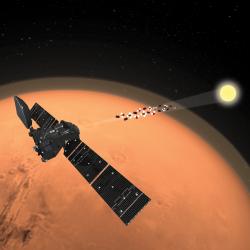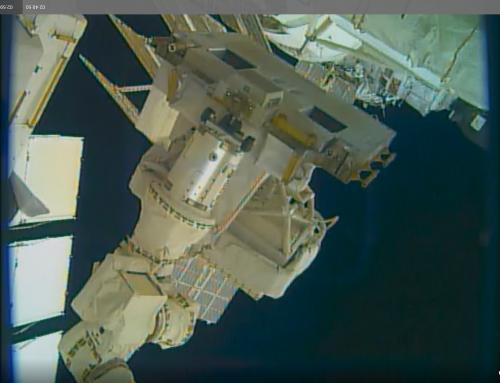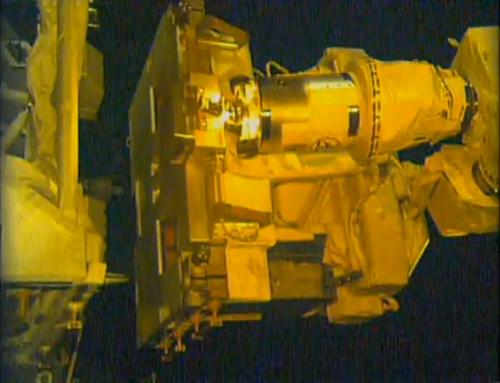A long time ago (in 2008), in a place far, far above our heads, the SOLAR instrument, fixed on the outside of the International Space Station, started the mission it was designed for: to measure the radiation from the Sun from outside Earth’s atmosphere for a duration of 18 months, in order to compile a reference solar spectrum that is necessary for many fields of scientific research.
However, SOLAR lasted much longer than that. It kept going for 9 years, under the careful watch of the B.USOC (Belgian User and Operations Centre), here at BIRA-IASB. With its mission over since 2017, the time has now come to definitively say goodbye to SOLAR, as it will dive back to Earth on Monday, January 13, on board the Cygnus NG-12 spacecraft. It will burn up in the atmosphere over the Pacific Ocean, leaving us with copious amounts of precious data to remember it by.




